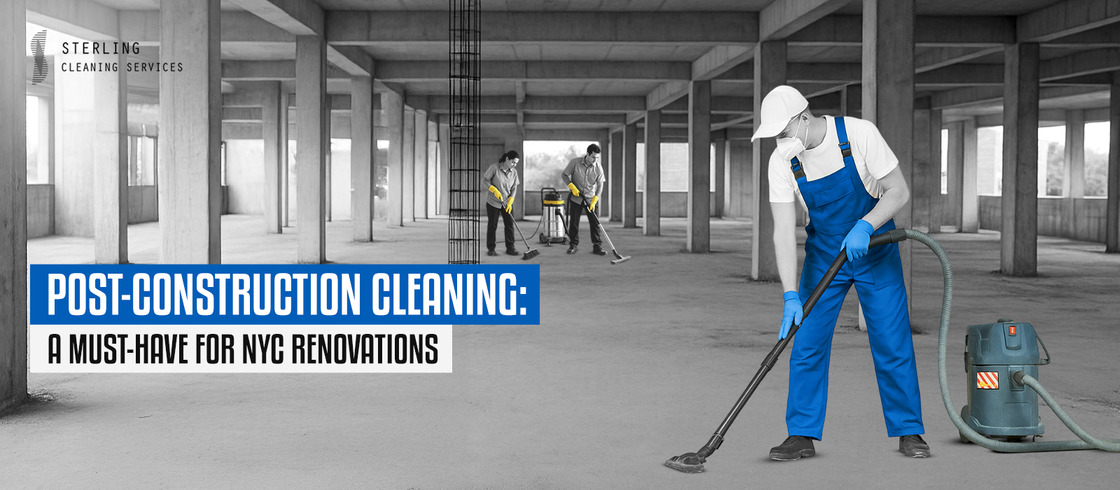90% of homes with foundation damage never had proper waterproofing installed. This shocking fact shows how simple it is to avoid expensive repairs. Water doesn’t just stain walls or make puddles. It pushes against your foundation, causing cracks, twisting beams, and inviting mold.
Think of basement waterproofing as your home’s invisible insurance policy. It keeps water away from your foundation with special sealants and drainage. This stops cracks and keeps your home dry all year.
Ignoring this step? You might as well leave your savings open to the next storm. Rotting wood, uneven floors, and musty smells are warning signs. Protecting your foundation keeps your family safe and your property value high.
Home safety isn’t just about smoke detectors or locked doors. It’s about protecting against unseen threats. A small investment today can save you thousands in repairs tomorrow. Now that’s what we call peace of mind.
Understanding Foundation Vulnerability to Water Damage
Your home’s foundation is always at risk from water. Even a little water can cause big problems over time. Moisture can sneak into your basement, and certain soils can act like sponges during seasonal changes.
How Water Wears Down Your Home’s Strength
Water doesn’t just leak through cracks – it pushes with surprising force. Imagine a single cubic foot of water weighing 62 pounds. When heavy rains soak the ground, this weight creates hydrostatic pressure against your foundation walls. Over time, this pressure can:
- Widen existing cracks in concrete
- Cause bowing in basement walls
- Push water through porous materials
Soil’s Hidden Dance With Moisture
Clay-rich soil expands when wet and shrinks during droughts – like breathing in slow motion. This cycle creates uneven pressure on your foundation. Homes in areas with high clay content often see more settlement cracks and shifting over time.
Where Water Finds Its Way In
Water follows the path of least resistance, often entering through spots you might overlook. Here’s where trouble typically starts:
| Entry Point | Risk Level | Common Signs |
| Cracked foundation walls | High | Vertical cracks wider than 1/8″ |
| Improperly sloped soil | Medium | Puddles near foundation after rain |
| Clogged gutters | High | Water stains on siding |
| Faulty window wells | Medium | Damp spots below ground-level windows |
Drainage Disasters Waiting to Happen
Many homes have hidden drainage flaws that accelerate water damage. Downspouts emptying too close to the foundation or improperly graded soil can send hundreds of gallons toward your basement annually. Remember: soil grading isn’t just about looks – it’s your first defense against water intrusion.
Your foundation naturally adjusts to seasonal changes, but consistent water exposure speeds up wear. Spotting minor cracks early and understanding your soil type can prevent major headaches down the road. Next time it rains, take a walk around your property – you might catch small issues before they become big repairs!
Basement Waterproofing: Your First Line of Defense
Your home’s foundation is always under pressure from water, soil, and weather. But, the right waterproofing can protect it. Let’s look at ways to keep basements dry from the outside and up.
Stopping Water Before It Gets In
Exterior methods fight moisture at its source. They create a shield around your foundation. These methods work best when used together.
Membrane Coatings and Sealants
These are like your foundation’s waterproof clothes. There are two main types:
| Type | Best For | Lifespan | Installation |
| Bentonite Clay | Expanding soil areas | 25+ years | Spray-applied |
| Thermoplastic | High hydrostatic pressure | 30+ years | Heat-welded sheets |
Pro tip: Use membranes with drainage for full protection. Even the best raincoat needs gutters to keep water away!
With Edmonton’s freeze-thaw cycles, investing in trusted basement waterproofing solutions in Edmonton can prevent costly water damage during spring melts.
French Drain Installation
These underground trenches give water a way out. A typical system includes:
- Perforated PVC pipe surrounded by gravel
- Geotextile fabric to prevent clogs
- 1% slope for consistent drainage
Modern French drains can handle up to 25 gallons of water per minute. That’s enough for most Midwest storms.
Indoor Solutions for Lasting Dryness
When exterior measures need backup, these interior strategies provide moisture control.
Sump Pump Systems Explained
Your basement’s safety net comes in two main types:
- Pedestal pumps (budget-friendly) – Motor stays dry above water
- Submersible pumps (quieter) – Entire unit operates underwater
Pair your pump with a battery backup for storms. Test it seasonally by pouring water into the pit.
Vapor Barrier Applications
These polyethylene sheets block 95% of moisture vapor. Key installation tips:
- Overlap seams by 6+ inches
- Seal with waterproof tape
- Combine with dehumidifiers for active drying
Choose thicker 10-mil barriers for high-moisture areas. They’re puncture-resistant and last decades.
Long-Term Benefits of Proper Waterproofing
Investing in basement waterproofing is more than just fixing leaks. It’s about making your home last longer. By tackling moisture early, you protect your home and family for years. This proactive step brings many benefits.
Structural Preservation
Waterproofing shields your home’s skeleton. It stops groundwater from damaging foundation walls. This prevents concrete degradation caused by water freezing and thawing.
Preventing Concrete Degradation
Sealed foundations resist water damage. They keep their strength over time. It’s like giving your concrete a raincoat that never wears out.
Maintaining Load-Bearing Capacity
A dry foundation spreads your home’s weight evenly. This is key during bad weather. It stops your home from settling unevenly, avoiding door jams and window gaps.
Health and Safety Advantages
Your basement’s health affects your home’s air quality. Good waterproofing stops mold, making your air cleaner.
Mold Prevention Techniques
Keeping humidity below 50% stops mold. Add good ventilation, and you’ll never see mold again.
Improving Indoor Air Quality
Dry basements mean cleaner air. Your lungs will thank you for the fresh air from a moisture-free foundation.
Waterproofing protects your home and family. It may cost upfront, but it’s worth it for decades of peace of mind.
Recognizing Early Warning Signs
Your home often whispers warnings before foundation issues become shouts. Learning to spot these clues early can save thousands in repairs and prevent structural headaches down the road.
Visible Indicators of Trouble
Efflorescence patterns resemble frost on your basement walls but signal serious moisture intrusion. These white, chalky deposits form as water evaporates, leaving mineral salts behind. Check corners and joints where walls meet floors – prime spots for this crystalline buildup.
Wall discoloration clues
Stained concrete blocks or yellowish-brown streaks often reveal hidden water paths. Unlike ordinary dirt, these marks typically follow consistent patterns along mortar lines or cracks. Darker patches that feel damp confirm active moisture issues.
Subtle Red Flags Homeowners Miss
That faint “old house smell” isn’t normal – persistent musty odors suggest mold colonies thriving in damp spaces. Use your nose during humidity spikes or after heavy rains when microbial growth peaks.
Doors/windows sticking
Sudden difficulty closing upstairs windows often traces back to foundation shifts from water damage. As moisture warps wooden frames, you’ll notice:
- Doors scraping thresholds
- Visible gaps around window sashes
- Uneven flooring near exterior walls
Address these warnings promptly – simple fixes like improving ventilation or regrading soil often prevent major foundation repairs. Schedule professional inspections if multiple signs appear simultaneously.
Implementing Effective Maintenance Practices
Keeping your foundation safe isn’t just about quick fixes. It’s about building habits to keep water away all year. Let’s explore two key strategies to stop moisture in its tracks before it harms your home.
Gutter and Downspout Management
Optimal Drainage Distances
Your gutters shouldn’t welcome water. Follow the 15-foot rule. Place downspout extensions at least 15 feet from your foundation. This way, rainwater can soak into the soil, not pool near your basement walls.
Seasonal Maintenance Checklist
- Spring: Clear gutters of cherry blossoms and seed pods
- Summer: Inspect for storm damage after heavy rains
- Fall: Remove leaves weekly (or use micro-mesh guards)
- Winter: Use heated gutter cables to prevent ice dams
Landscape Grading Essentials
Creating Proper Slope Angles
Your yard should slope like an umbrella. Aim for a 6-inch slope over the first 10 feet around your home. This angle helps water flow away. For lawns, add compacted soil in 2-inch layers to get the right slope.
Choosing Water-Resistant Plants
Make your garden a moisture-fighting ally with these smart choices:
| Plant | Root Depth | Water Absorption |
| Switchgrass | 6-8 feet | High |
| Daylilies | 3-4 feet | Moderate |
| Sedum | Shallow | Low (ideal for slopes) |
Safeguarding Your Home Investment
Protecting your home’s foundation is key to its value. Water damage can sneak up on you, leading to high repair costs. Using exterior sealants and interior drainage systems can save you money and keep your home safe.
According to the National Association of Home Builders, waterproofing can increase your home’s value by 15-30% when you sell. This is because it stops structural damage and keeps the air inside clean. By doing this, you keep your home’s value up and avoid costly repairs, like fixing foundation cracks, which can cost around $4,500.
Even though spring showers are far off, your foundation is always at risk. Get a professional to check for any weaknesses in your drainage or sealants. Also, make sure to clean your gutters and grade your soil regularly. These simple steps can make your waterproofing work better.
Your home needs strong defenses, just like it’s the most important place for your family. Start protecting your home today. Don’t wait for the spring rains to come – your foundation needs protection now.










